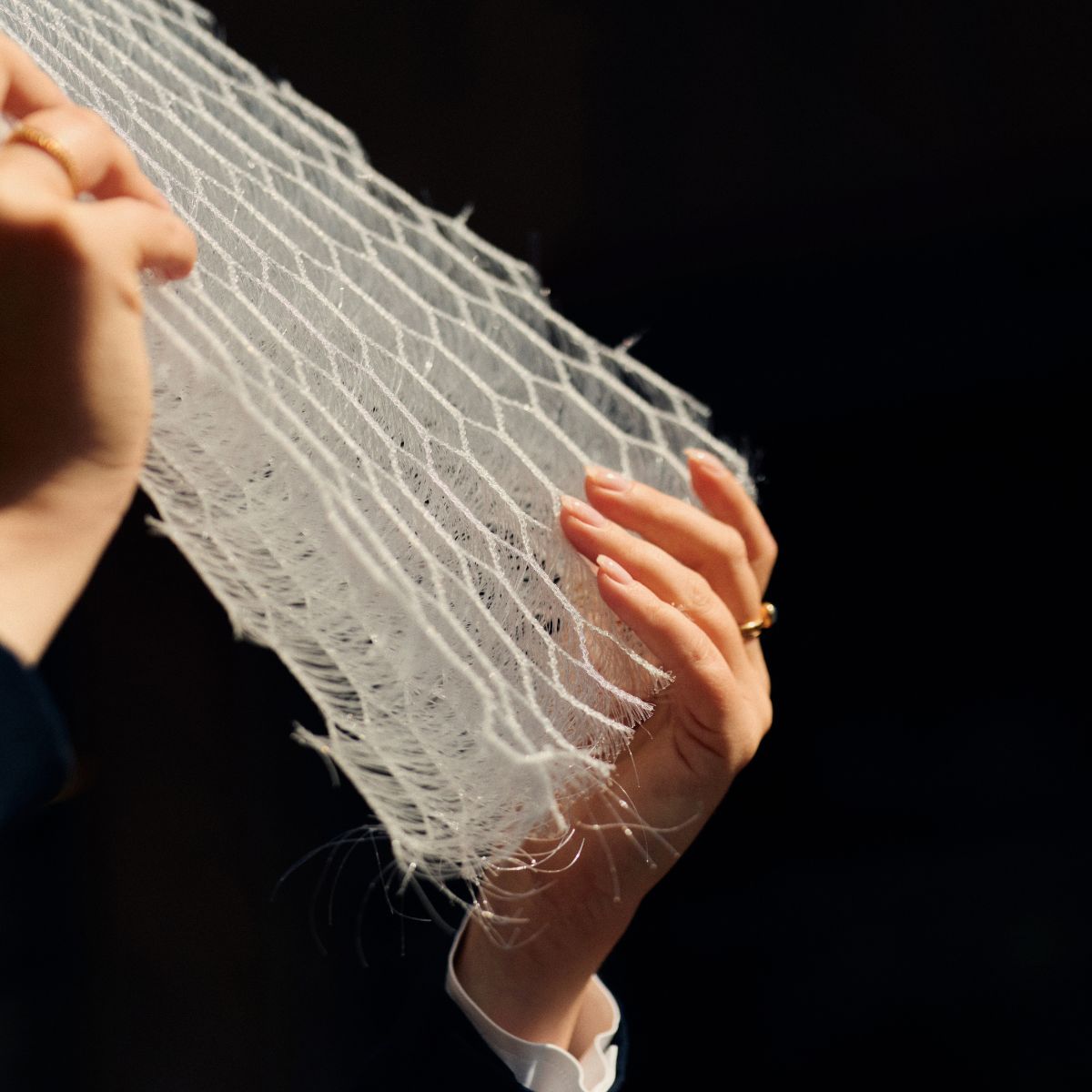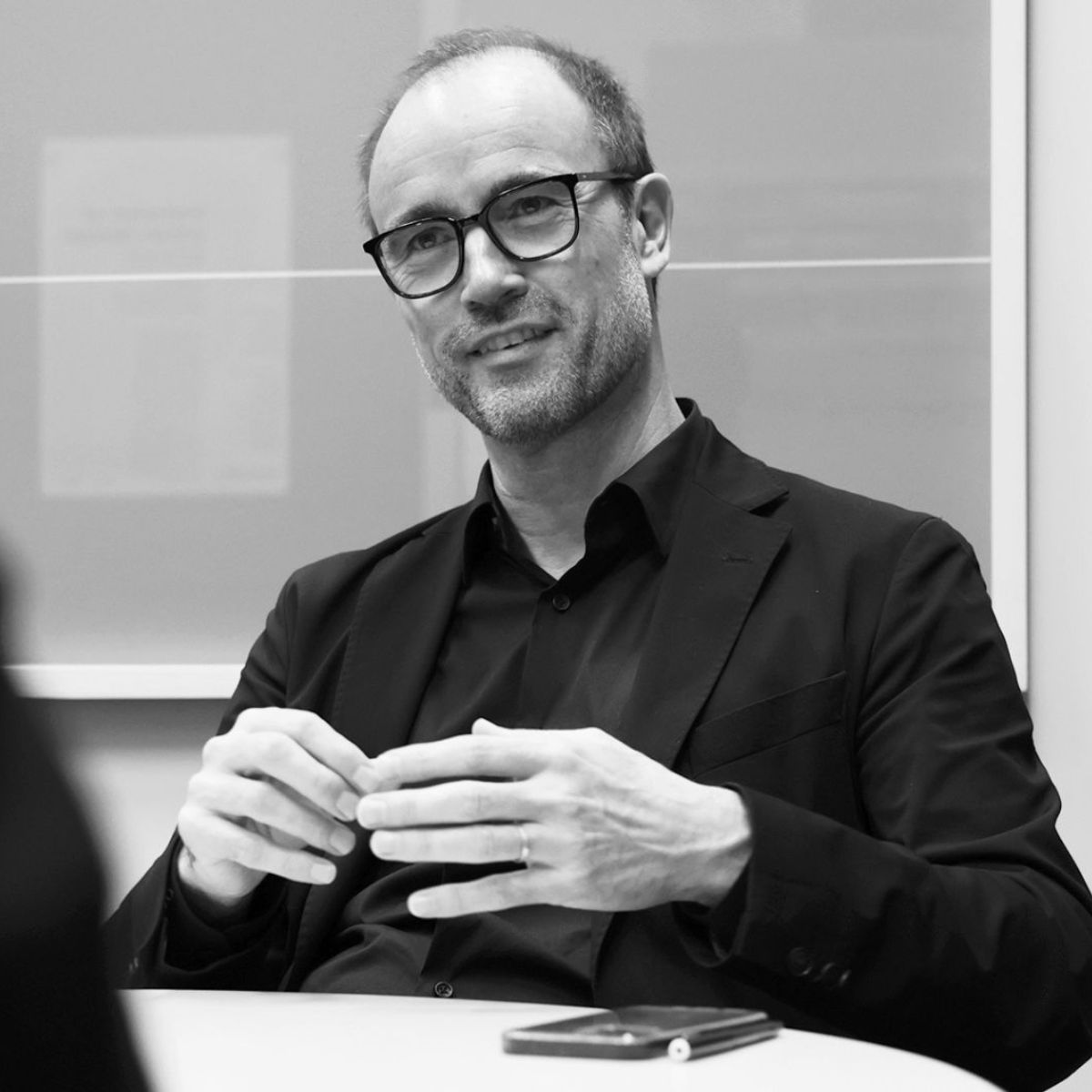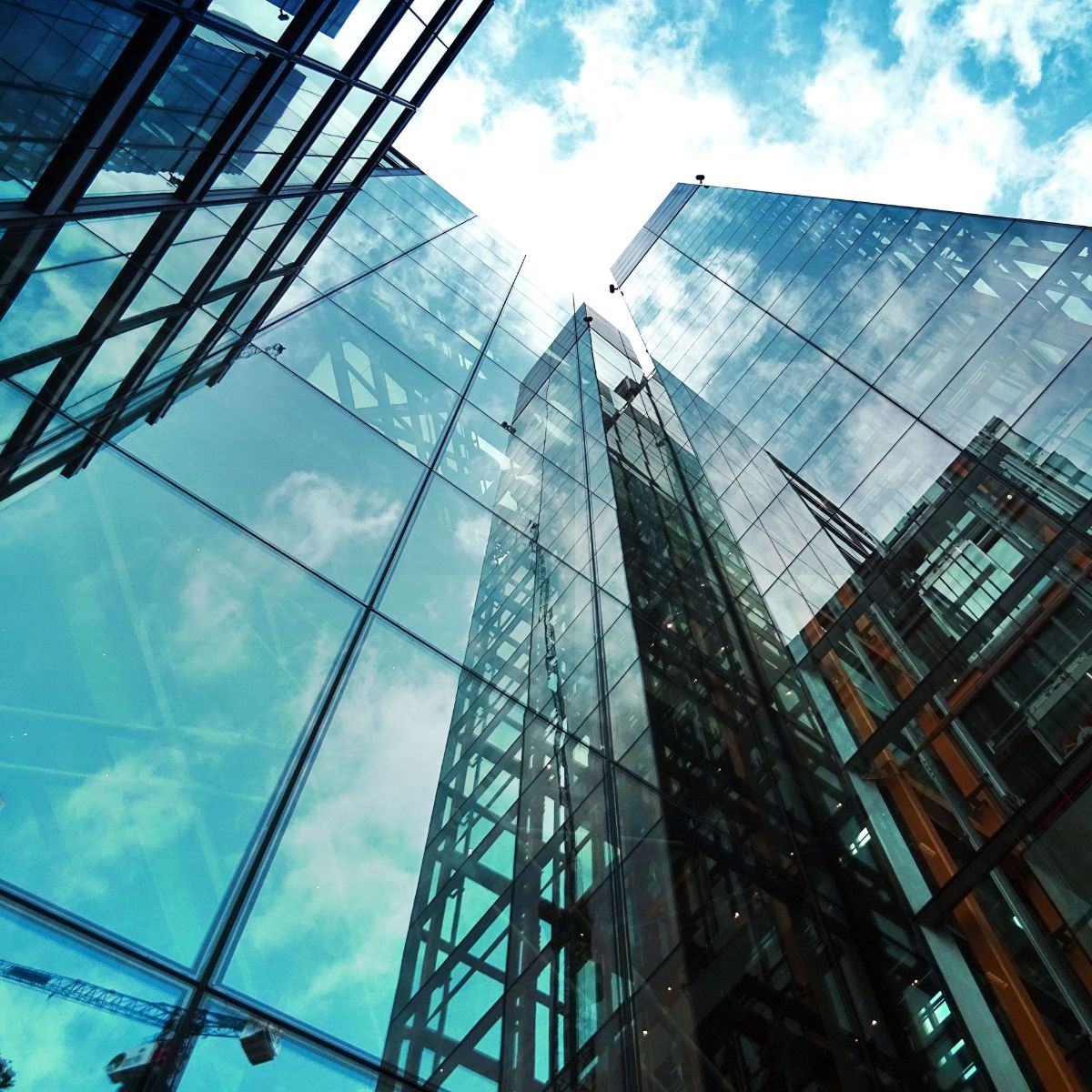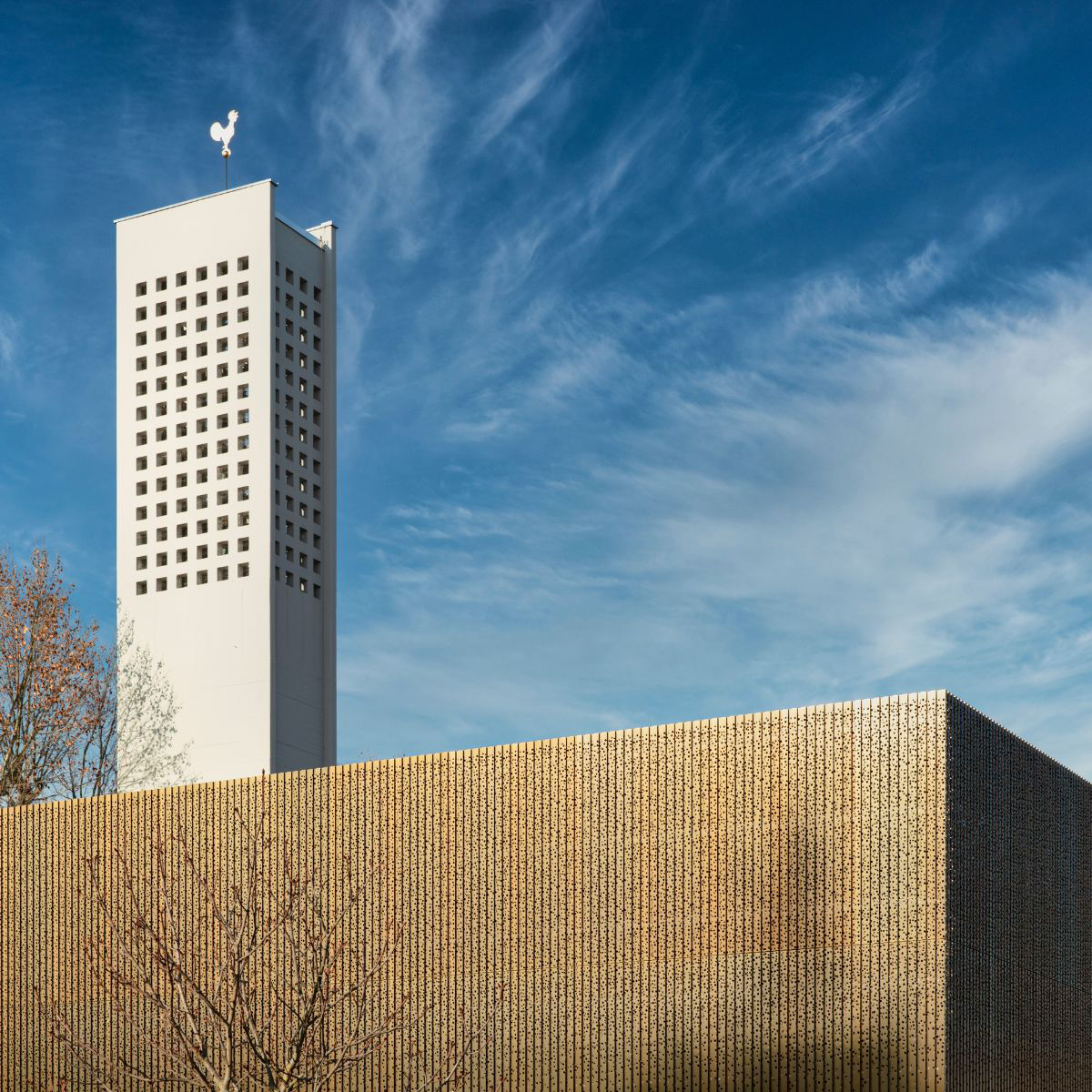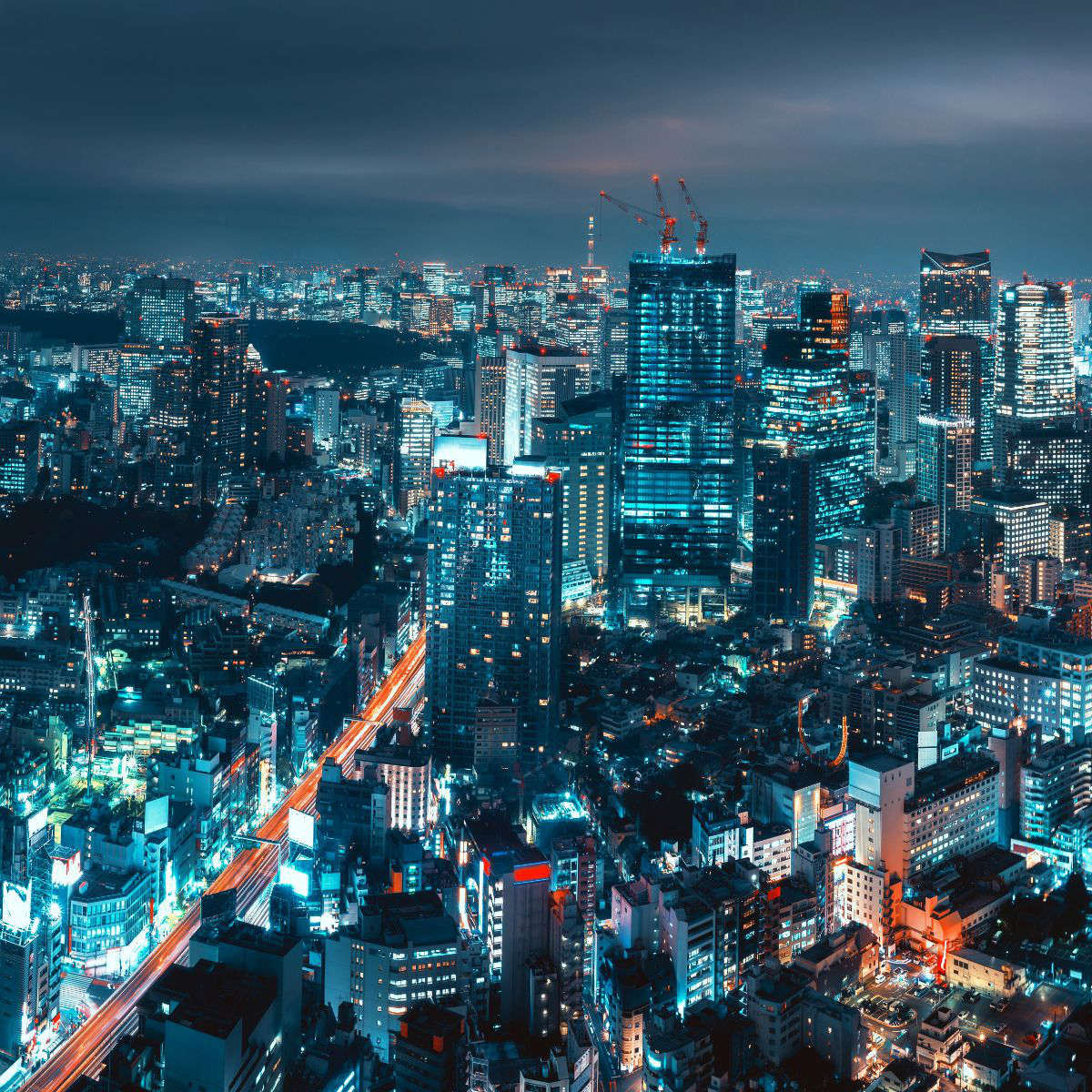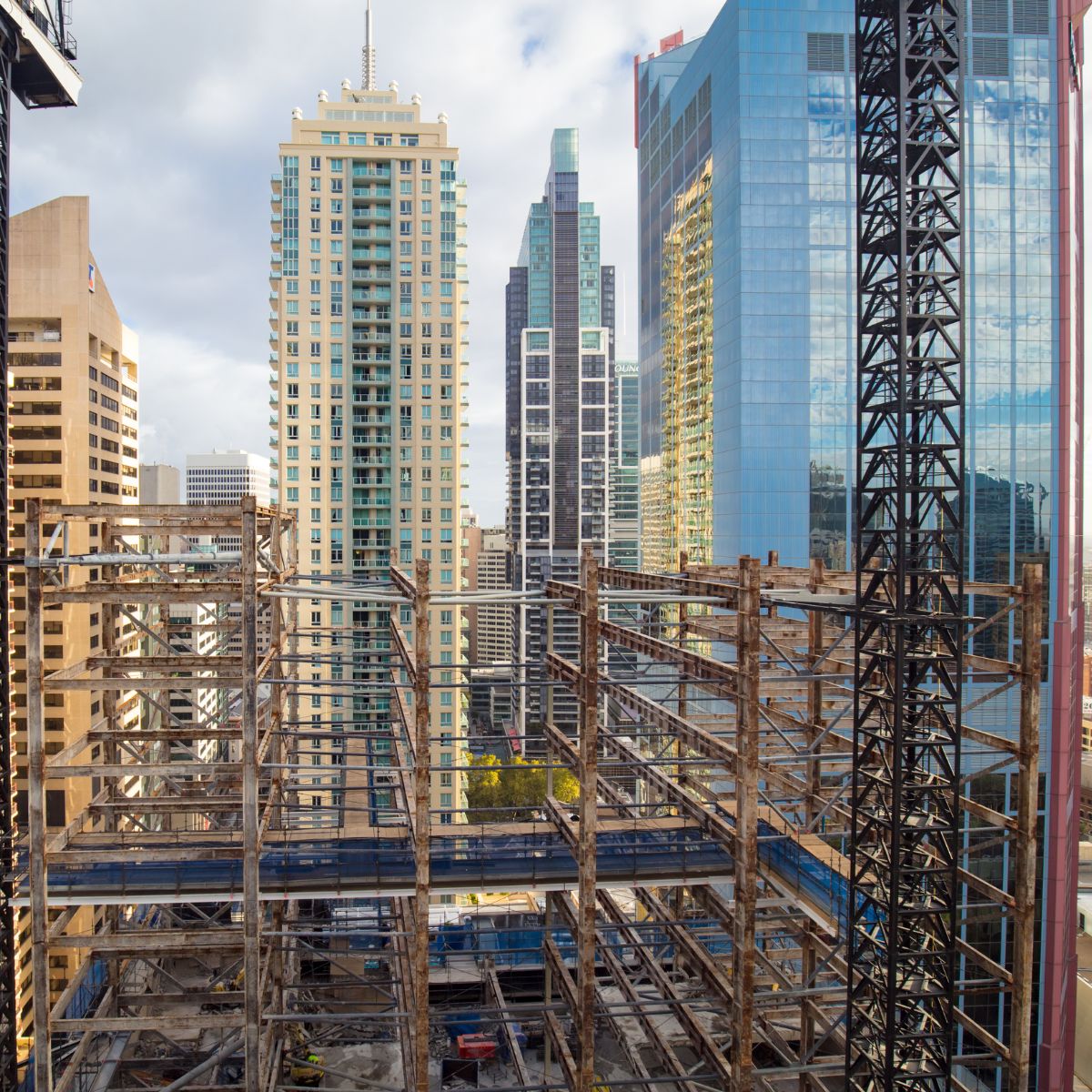Reading time: 3 minutes
A World Rebuilt from Within
The fabric of urban life is being reorganized at every scale—from homes to entire metropolitan regions. This transformation is not about expansion, but recomposition: the redefinition of spatial, cultural, and economic relationships. Behind every skyline, a new balance is being negotiated between people, systems, and place. Cities are now learning to balance connectivity with self-sufficiency, diversity with cohesion, and innovation with cultural identity.
As power and influence disperse across regions, a new multipolar world order is reshaping how and where we build. This shift challenges architects, planners, and policy makers alike: can cities remain stable while the world around them fragments?
Signals of a Multipolar Reality
From India’s GIFT City to Rwanda’s Kigali Innovation City and Saudi Arabia’s NEOM, emerging economies are inventing their own playbooks, examples discussed in more depth in the accompanying whitepaper.
At the same time, regional cooperation frameworks from the African Continental Free Trade Area (AfCFTA) to the European New Bauhaus illustrate how cities are seeking resilience through collaboration rather than competition.
Across the globe, projects like Copenhagen’s Nordhavn and Lisbon’s BIP/ZIP Program show how glocal strategies are creating localized models of circularity, energy independence, and civic participation. These are not isolated experiments; they are prototypes of a new urban mindset.
From Global Systems to Glocal Resilience
In this new era, global frameworks must be interpreted through local realities. Restructured Living explores how glocalization, the fusion of global ambition with local adaptation, redefines sustainability. The result is not a single urban model, but a network of interconnected practices: energy-sharing neighborhoods, circular construction alliances, and regional ecosystems of innovation.
The Human Turn
Traditional demographic categories—age, gender, household type—no longer define how people live. The future of housing and mobility is fluid and hybrid, shaped by shifting life situations rather than static identities. From Vienna’s Seestadt Aspern to Singapore’s Punggol Digital District, inclusive and adaptive design enables communities to evolve alongside their environments. Technology, when designed with empathy, can reconnect people to each other and to their environment, turning innovation into a form of care.
A Field Guide for Adaptive Cities
Restructured Living is not a prediction; it’s a response to a world already in motion. Drawing on the Zukunftsinstitut Trendmap, global case studies, and expert insights, the whitepaper offers practical strategies for professionals in architecture, building technologies, and urban planning.
It invites readers to ask urgent questions:
- How can cities maintain cohesion in a multipolar world?
- Can technology strengthen belonging instead of replacing it?
- What does resilience mean when social, climatic, and political risks overlap?
Looking Ahead
The urban future will not be defined by size or speed, but by balance and adaptability.
The cities that stay open yet grounded will define what resilience really means: living systems that grow, adapt, and care in an unpredictable world.
Download the whitepaper “Restructured Living: Adapting Urban Life to a Fragmented World” to explore how today’s complexity can become tomorrow’s foundation for renewal.


